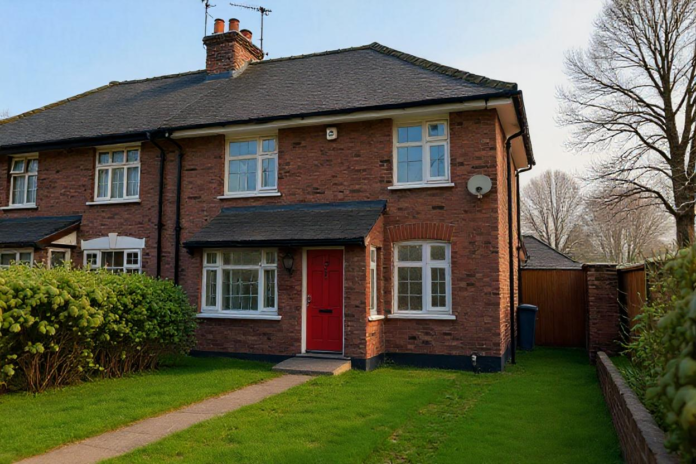Two important steps in designing and evaluating the energy performance of buildings are SAP calculations and the TM59 assessment. These steps are very important for figuring out how energy-efficient a structure is and how it might affect the environment. Developers, property owners, and architects may make sure their structures follow the rules, are good for the environment, and don’t cost too much by learning about these processes.
So, what are SAP calculations?
Standard assessment procedure (SAP) is a method to determine the effectiveness of how a house consumes energy. They constitute a critical component of the UK construction code and they can be employed to determine the level of energy efficiency of a property. SAP calculations assist builders and architects to make decisions on such aspects as heating systems, insulation materials, and building lightings. These computations produce a number or a SAP score which can be used to determine the amount of carbon emitted by the building and the cost of operation.
The basic purpose of SAP calculations is to get people to design and build things better so that they use less energy. These calculations look at a lot of different things, such as the kinds of materials utilized, how well the heating systems work, and the insulation regulations that are in place. Also, new buildings often need to have SAP calculations done before they can be certified for occupancy.
What the TM59 Assessment Does
The TM59 assessment, on the other hand, looks at how likely it is that a structure may overheat. This is especially important in modern structures, as climate change can make the inside too hot by raising temperatures. The TM59 assessment is mostly used for homes, especially when they are being designed, to see if the design would make the inside of the building too hot in the summer.
When you complete a TM59 assessment, you look at things like the direction the building faces, the size of the windows, the amount of shading, the ventilation, and the insulation. The goal is to make sure the facility doesn’t get too hot, which can make people uncomfortable, raise energy expenses, and make air conditioning work harder. Architects and developers who want to build buildings that are comfortable and energy-efficient all year round need the TM59 assessment.
How SAP Calculations and TM59 Assessment Work Together
The SAP calculations and the TM59 assessment look at various parts of how a building works, although they are very similar. The SAP calculations look at how well a building uses energy for heating, lighting, and other systems. The TM59 assessment looks at how well the building handles the risk of overheating. Both tests help make the building more comfortable and sustainable, and together they give a whole picture of how energy-efficient it is.
In fact, a building that passes the TM59 test for overheating is likely to have a higher SAP calculation score because it shows that the building is well-designed for both heating and cooling. Also, a structure that does poorly on SAP tests might do poorly on TM59 tests since bad insulation or ventilation could make overheating problems worse.
Why TM59 Assessments and SAP Calculations Are Important
To meet modern construction codes and make structures that are good for the environment, you need to do both SAP calculations and TM59 assessments. As climate change changes the weather, the risk of buildings getting too hot has become a big worry. On the other hand, energy efficiency is still a top focus for minimizing carbon footprints and energy prices. These assessments work together to make sure that buildings can withstand both very hot and very cold temperatures and use as little energy as possible.
It’s not simply about following the rules for homeowners, developers, and architects to make sure that both SAP calculations and TM59 assessments are correct. These steps make a building more comfortable overall and help save money on energy expenses in the long run.
Conclusion
SAP calculations and the TM59 assessment are two tools that are quite important for designing buildings today. They make sure that buildings are comfortable for people to live in, good for the environment, and use less energy. Because of this, these assessments are becoming more and more significant in the construction and real estate fields. For a full understanding and correct findings, it is best to choose professionals who specialise in these kinds of tests. Visit gradwellgroup.co.uk for additional information and help with building and energy efficiency assessments.




